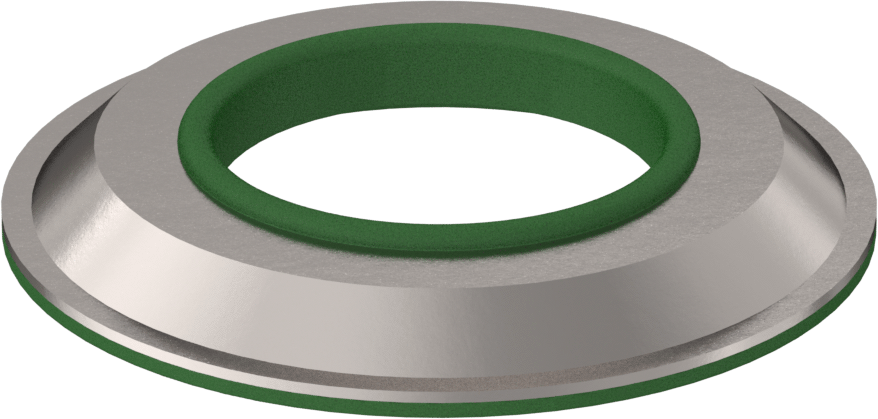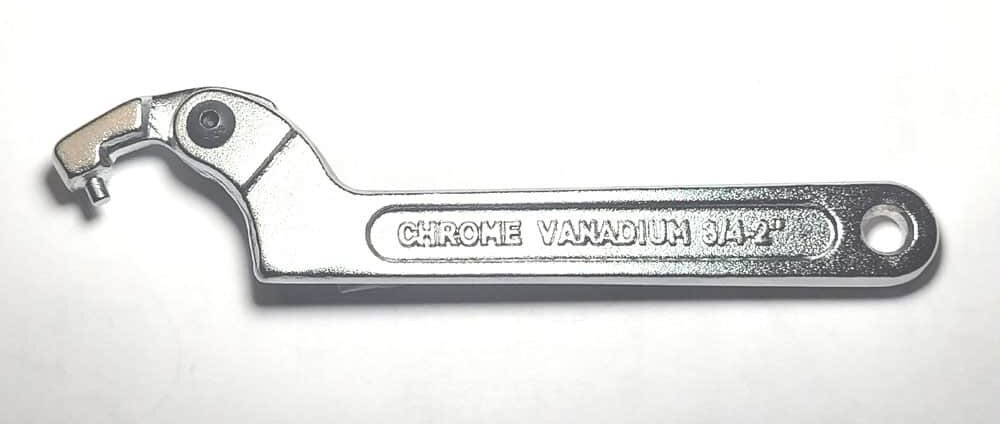o0norton0o
VIP MEMBER
- Joined
- Apr 27, 2015
- Messages
- 1,751
I've ordered some low profile hex head screws to replace the slotted fork slider drain plug screws... I've been testing different dampers lately so I've drained my forks 5 times in the last month and those flat blade screw heads are pretty mangled now. One didn't even want to come out today, so I just drained the fork by removing the bottom bolt.. I searched the site to see if anyone has done this yet and couldn't find any results saying this.... so, Anyone here replace those slotted screws with hex head or Torx ??
The other issue is that when I tighten the base screw sometimes the whole damper turns with the screw inside the slider. I was thinking of making a longer screw to go into the drain plug hole to wedge against the body of the damper to keep it from spinning... Anyone try that ?? Did it work?
The other issue is that when I tighten the base screw sometimes the whole damper turns with the screw inside the slider. I was thinking of making a longer screw to go into the drain plug hole to wedge against the body of the damper to keep it from spinning... Anyone try that ?? Did it work?



